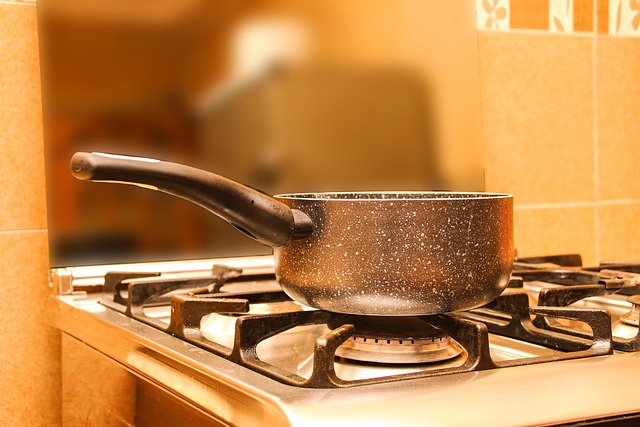Smart storage strategies for small cooking spaces
Compact kitchens demand intentional storage and organization choices. This brief preview outlines practical techniques—from vertical racks and nesting cookware to appliance management and material-aware maintenance—that help keep utensils and cookware accessible while supporting safety and sustainability in limited spaces.

In compact kitchens every decision about storage and organization affects how efficiently you can cook, clean, and maintain equipment. Prioritizing visibility, airflow, and safe placement reduces clutter and speeds up meal prep, while choosing the right materials for your cookware and utensils lowers long-term maintenance. Practical solutions focus on vertical use of space, multipurpose items, and consistent systems so small cooking areas function predictably under daily use.
How can storage and organization maximize space?
Start by mapping what you use most often and create work zones that keep those items closest to where they are used. Vertical storage—wall-mounted shelves, magnetic knife strips, and pegboards—adds usable area without eating counter space. Drawer organizers and tiered shelf inserts separate utensils, lids, and small gadgets so nothing gets buried. Use clear or labeled containers for pantry goods to maintain order and speed during meal prep. Regularly declutter: donate or store seldom-used items offsite to maintain an efficient footprint.
Which cookware and utensils should be prioritized?
A minimal collection of versatile cookware and utensils reduces storage needs while covering common cooking tasks. Select a medium sauté pan, a 3–5 quart pot, and a baking sheet that double as preparation surfaces when needed. Nesting mixing bowls and stackable storage containers save cabinet space, and hanging everyday utensils keeps them accessible. Reserve drawers or bins for delicate or specialty pieces to prevent chips and dents. Keep frequently used utensils by the stove and store specialty tools in a labeled box to avoid overcrowding daily-use areas.
Materials: nonstick, cast iron, ceramic, stainless steel
Material choice affects weight, stackability, and maintenance. Nonstick pans are lightweight and easy to clean, but require gentle utensils to avoid scratching. Cast iron is durable and versatile but heavy; store cast iron on low shelves or with secure hooks and ensure dry, ventilated storage to prevent rust. Ceramic cookware is attractive but can chip if stacked without protection; use soft liners. Stainless steel stacks well, tolerates more aggressive cleaning, and generally offers good longevity. Match materials to how you cook, how you’ll clean them, and available storage arrangements.
How to store appliances and support meal prep?
Only keep on the counter the small appliances you use daily; others can live in cabinets or on a rolling cart. Appliance garages or pull-out shelves make mixers, blenders, and toaster ovens easy to access while freeing workspace. Store heavy appliances low and near a clear landing area to place items when unplugging or assembling. Use labeled bins for attachments and cords so you don’t lose time hunting for parts during meal prep. Consider multiuse appliances that replace several single-function devices to save both storage and power.
Maintenance, airflow, safety, and sustainability tips
Allow airflow between stacked pans and bowls to prevent moisture buildup, which can cause rust or odors—use shelf risers or plate separators where possible. For safety, secure wall-mounted systems to studs, use magnetic strips with proper weight ratings, and store knives in sheaths or a block. Regular maintenance extends item life: season cast iron, address scratches on nonstick surfaces, and polish stainless steel as needed. Choose durable, repairable cookware and utensils to support sustainability and reduce replacement frequency.
Thoughtful storage decisions transform small cooking spaces into reliable, efficient work areas. Focus on visibility and accessibility, choose cookware and materials that match your routine, and adopt simple maintenance habits to preserve function and safety. With a few targeted hardware solutions and a commitment to decluttering, limited square footage can support effective meal prep and long-term durability without overcrowding surfaces.





